Tips for Cooking With Fats and Oils


Why Cook With Fat, Anyway?
Fat's not all bad! Fat makes foods juicy and tender. It adds flavor and texture to what you cook. It also prevents sticking and gives baked goods their flakiness and sauces their silkiness. You do need to limit fat. But cut all the fat out of your diet, and you'll miss out on taste and even some health benefits.
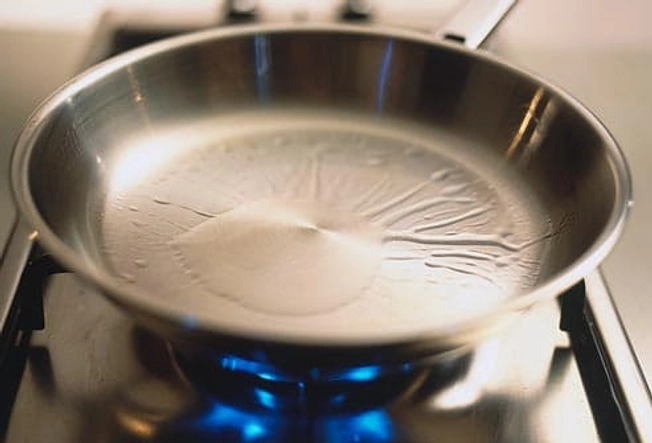
What's a Smoke Point?
A smoke point is the temperature at which oil starts to smoke. It may also burn. The hotter your pan, the higher your oil's "smoke point" should be. For grilling or searing, try avocado or sunflower oil. For frying, try canola or peanut oil.
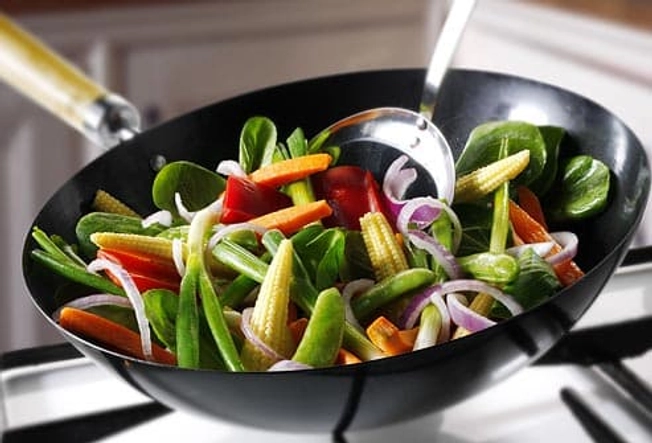
Avoid a Grease Trap
Heat the oil well -- so it's shimmering, not smoking -- and then add your food to the pan. Go light on the breading when you're sautéing or pan-frying. That way, the food absorbs less oil. Don't let food cool off in the pan, or your food will soak up oil like a vacuum, becoming too greasy. Remove food from the pan as soon as it's cooked, and drain or blot it.
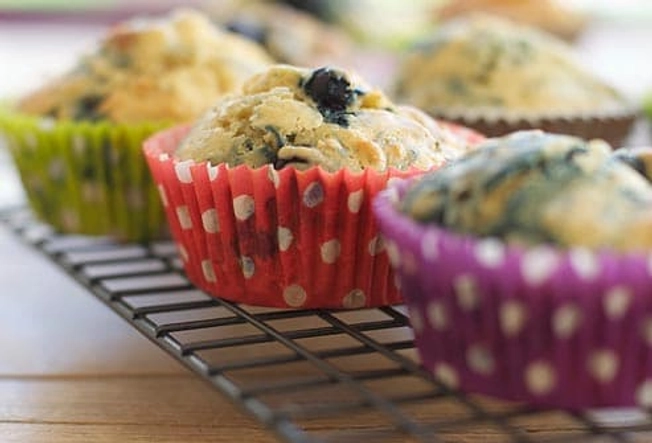
Best for Baking
Grape-seed, olive, peanut, and canola oils all have high smoke points. And they're healthy, too! Use them in baking recipes for muffins, cookies, or dense cakes. They can also be used for oven-roasting or stir-frying. Macadamia nut oil has a stronger flavor, but also works well for stir-frying and roasting.
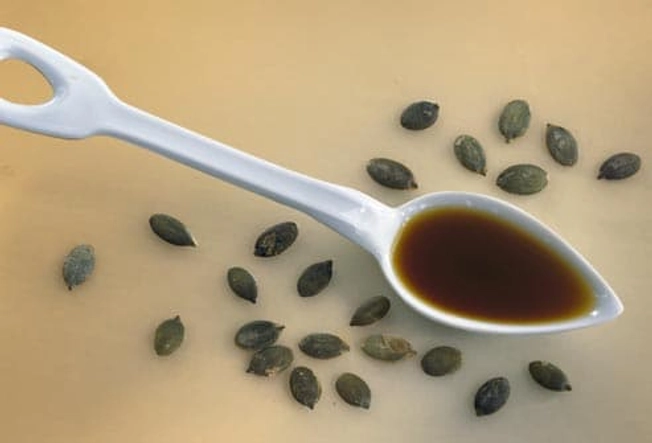
Light-Duty Oils
Corn, hemp, pumpkin seed, sesame, soybean, and walnut oils all work well in low-temperature baking recipes (like granola), for light or quick sautés, and for sauces.
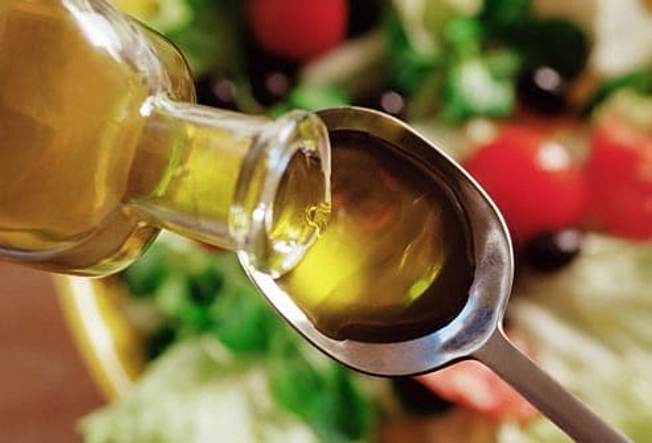
On Top of a Salad
Fruity or nutty-flavored oils such as toasted sesame, extra-virgin olive, avocado, and walnut oil, taste great in salad dressings. To make your own dressing, add 3-4 parts oil to 1 part wine vinegar or lemon juice. Then add salt, pepper, and flavors like garlic or shallots to taste. Put the dressing in a small jar with a tight lid and shake it.
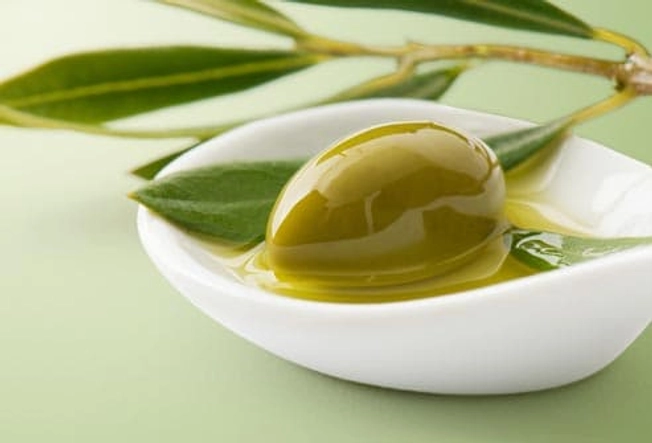
EVOO vs. Regular Olive Oil
The main differences between extra-virgin olive oil (EVOO) and other olive oils are taste and processing. EVOO has less acid than other kinds, so it's considered the highest-quality olive oil. The amount of fat and calories are the same in all olive oils. You might find lower-quality olive oils to be tasteless compared to EVOO.

For the Perfect Sauté
For sautés, choose a neutral-flavored oil -- like canola, olive, grape-seed, rice bran, safflower, or peanut oil -- that can hold up to medium or high heat. Olive oil stands up to strong-flavored greens like spinach and broccoli rabe and also dishes seasoned with onion or garlic.
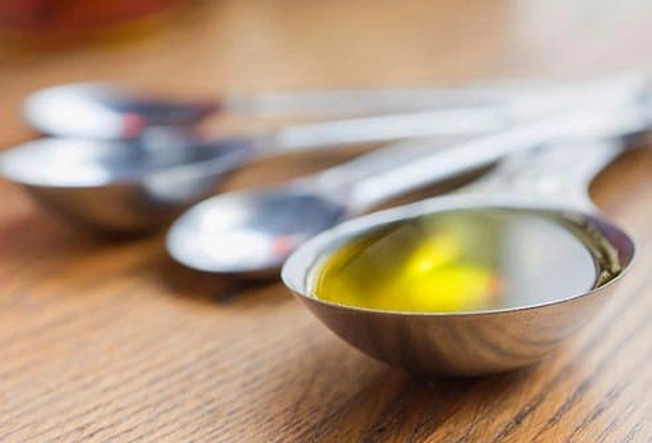
Don't Guess: Measure the Oil
You might use more oil than you need. Too much oil adds calories and may affect how your food tastes. You probably need only 1 tablespoon of oil or other fat to sauté 3 to 4 servings of meat or fish in a 10-inch skillet.
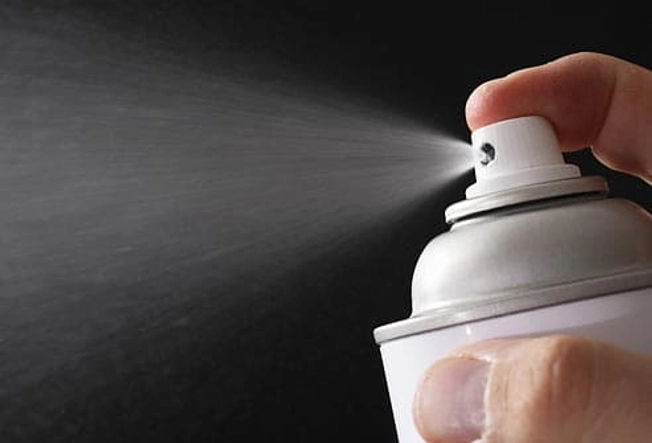
When a Spritz Will Do
Spray oil like Pam is good for baking and quick sautéing. You can cover a pan with a little bit of fat. Spray oils contain an ingredient that keeps food from sticking to the pan. But that ingredient, lecithin, can gum up at high heat. So if you're grilling, choose a spray that works in high heat.
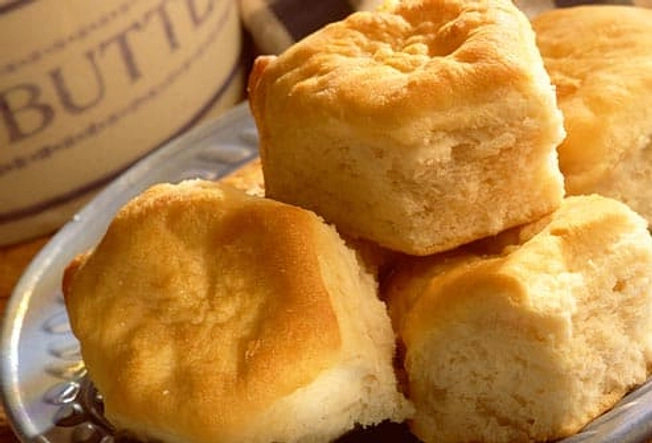
Fats for Flavor and Flakiness
To reach "flaky" perfection in biscuits or piecrusts, you might use a solid fat like butter, lard, or vegetable shortening. You may also have recipes that taste better with a dollop of bacon fat or duck fat. But these fats are the unhealthy kind. Replacing them with low-fat margarine may not work or taste the same. So save these treats for special occasions.

Salted vs. Unsalted Butter
Most Americans prefer the taste of salted butter. But for the best flavor in cooking, use unsalted butter and add small amounts of salt only as needed. Adding the salt yourself gives you more control over flavor. You'll find you don't need much!
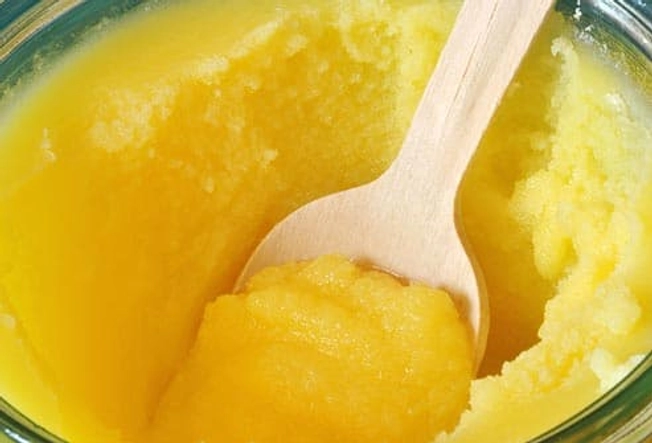
Butter, but Better
Cook unsalted butter until it foams, strain away the milk solids, and you have drawn (or clarified) butter. It has a much higher smoke point than regular butter, making it good for pan-frying. Traditional ghee is a lot like drawn butter, but cooked a little longer. It's popular in Indian cuisine.